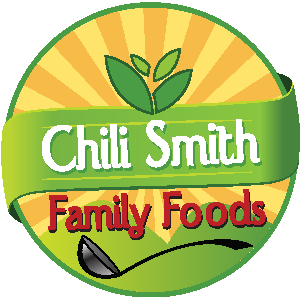Pressure Cooker Beans Chart Cooking Times at a Glance
This pressure cooker beans time chart provides a concise summary of cooking times required for various types of beans when using a pressure cooker.
It serves as a quick reference for those looking to prepare beans efficiently while ensuring optimal texture and flavor. Understanding the specific cooking times for different beans can significantly enhance meal preparation, allowing for better planning and execution in the kitchen. This guide aims to streamline the cooking process, making it easier for both novice and experienced cooks to achieve desired results.
By utilizing a pressure cooker, one can reduce the time needed to cook beans while retaining their nutritional value. This overview is designed to assist in achieving perfectly cooked beans with minimal effort and maximum.
Pressure cooker beans times chart
| Beans (1 Cup Dry) Approximate Minutes Under High Pressure | |||
| Bean | Soaked 4-8 hours | Unsoaked | Yield in Cups |
| Aduki | 5—9 | 4—20 | 2 |
| Anasazi | 4—7 | 20—22 | 2 1/4 |
| Black (turtle) | 9—11 | 20—25 | 2 |
| Black-eyed (cow) peas | — | 9—11 | 2 1/4 |
| Cannellini | 9—12 | 22—25 | 2 |
| Chick-peas (garbanzos) | 10—12 | 30—40 | 2 1/2 |
| Christmas lima | 8—10 | 16—18 | 1 1/4 |
| Cranberry | 9—12 | 30—35 | 2 1/4 |
| Fava* | 12—18 | 22—28 | 2 |
| Flageolets | 10—14 | 17—22 | 2 |
| Great Northern | 8—12 | 25—30 | 2 1/4 |
| Lentils | — | 7—10 | 2 |
| Lima (large) | 4-7 | 12—16 | 2 |
| Lima (baby) | 5—7 | 12—15 | 2 1/2 |
| Peas (split, green) | — | 8—10 | 2 |
| Peas (whote, green) | — | 16—18 | 2 |
| Pigeon Peas (grandules) | 6—9 | 20—25 | 3 |
| Pinto | 4—6 | 22—25 | 2 1/4 |
| Navy (pea) | 6—8 | 16—25 | 2 |
| Red Kidney | 10—12 | 20—25 | 2 |
| Scarlet Runner | 12—14 | 17—20 | 1 1/4 |
| Soybeans (beige) | 9—12 | 28—35 | 2 1/4 |
| Soybeans (black) | 20—22 | 35—40 | 2 1/2 |


